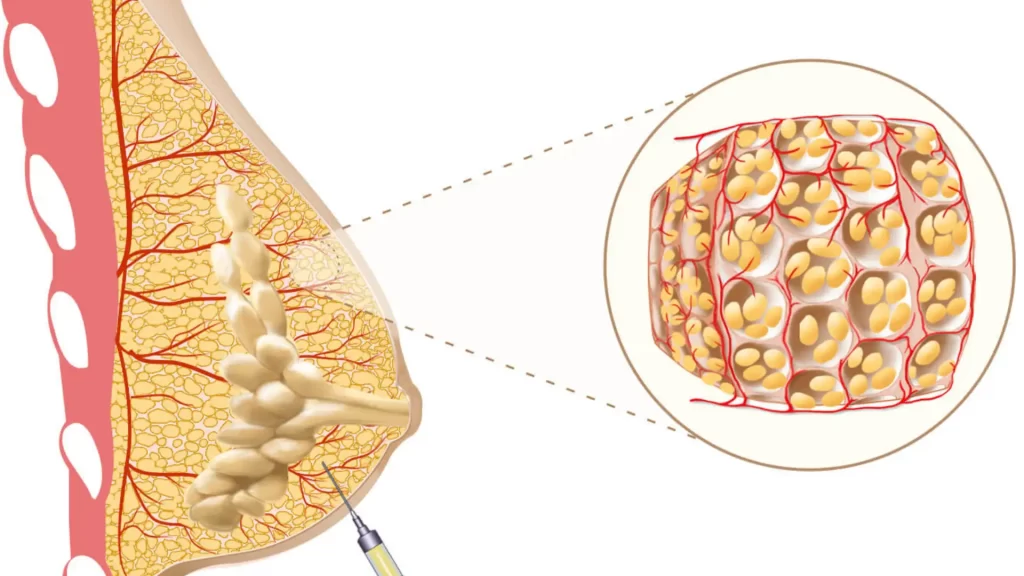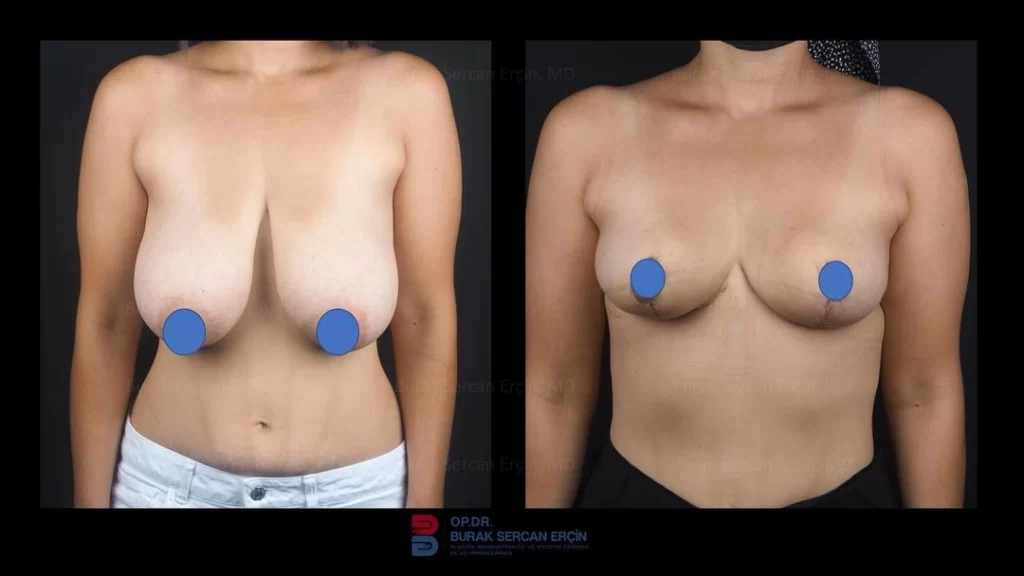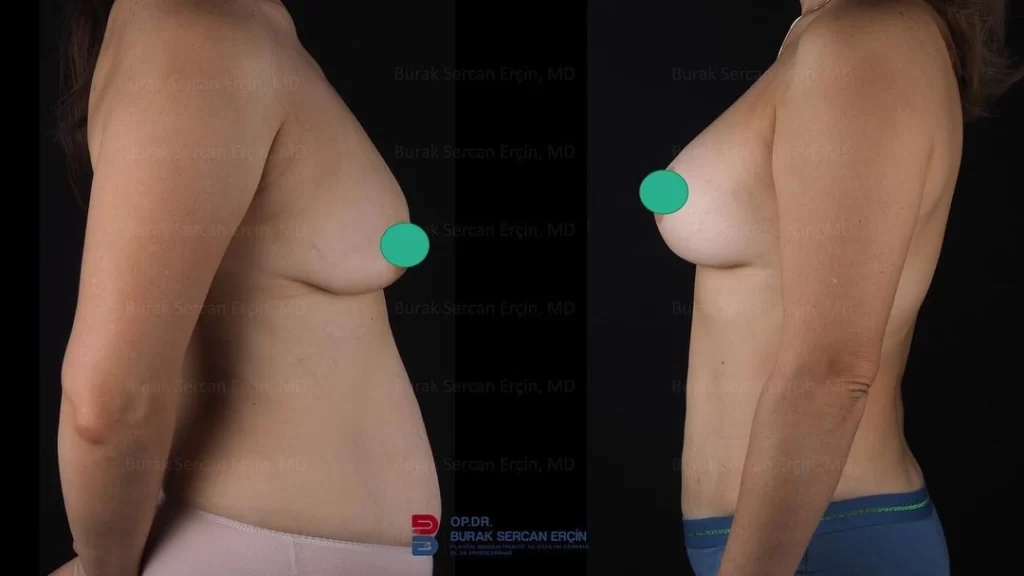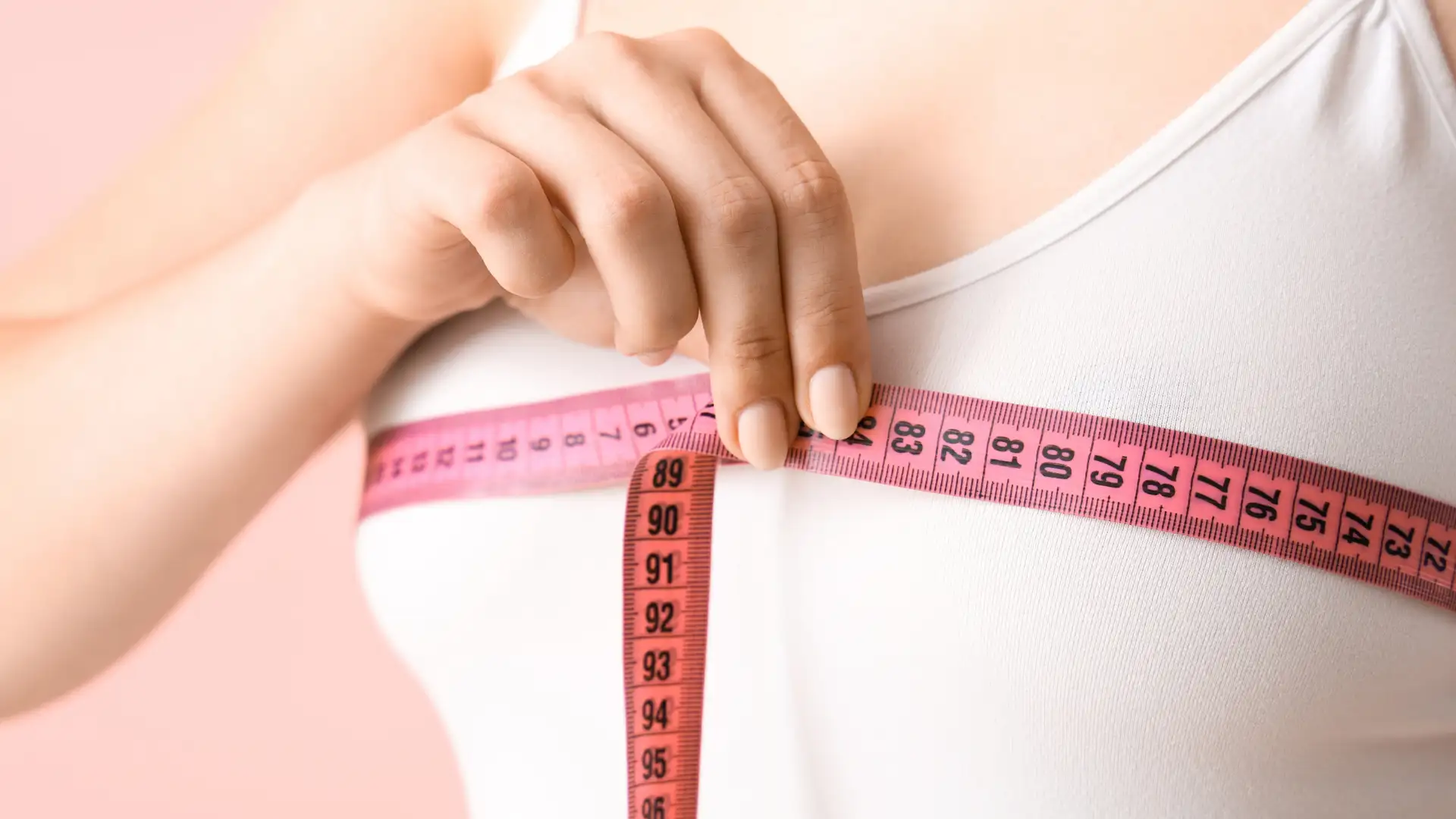Have you heard of the term tubular breasts? They’re more common than most would think, yet they hardly get acknowledged in the discussions about body image. In addition, the tubular breasts or tuber breasts have their own complications. But here’s the good news: There is a way out of this, and it’s called tuberous breast correction surgery.
Thus, we shall cut through the confusion surrounding the tubular breast and discover the opportunities that are in store. Welcome aboard this adventure where you learn to love your own self and to restore self-esteem to a whole new level!
What are the features of Tuberous Breasts?
The tuberous breasts, also known as tubular breasts or constricted breasts typically tend to have a number of characteristics. These features are characterized by a small base and a crowded or compact look of the breast tissue. The lower pole of the breast area often remains underdeveloped resulting in a lack of fullness and projection. The areolae may look big or herniated because of the distribution of the underlying breast tissue.
Furthermore, there is often a marked breast asymmetry with one breast developing in a different manner to the other. These characteristics are capable of affecting both the physical appearance of the breasts and a person’s self-perception and body image.

What are the different grades of Tuberous Breasts?
Type I
Type I tuberous breasts manifest with mild constricting at the base, minimal breast tissue deficiency, and slightly enlarged areolas. The level of breast asymmetry can be different, but it is not significant.
Type II
Type II tuberous breasts have moderate constriction at the base, more pronounced breast tissue deficiency and enlarged or projecting areolas. This kind is marked by breast asymmetry.
Type III
Type III tuberous breast is characterized by severe constriction at the base, marked breast tissue deficiency and enlarged or herniated areolas. The asymmetry of the breasts is usually well expressed in this type; one breast is frequently much smaller or differently shaped than the other.
Type IV
Type IV tuberous breasts are the most severe form, characterized by total base constriction, severe breast tissue deficiency, and greatly enlarged or herniated areolas. Breast asymmetry is severely visible and may need complicated corrective methods.
Type 0
Type 0 tuberous breasts are considered to have little to no tuberous deformity, featuring slight asymmetry and little-to-no constriction at the base.
Grades of Breast Asymmetry
Breast asymmetry in tuberous breasts is graded on the extent the breasts differ in size, shape, and position. Grades of asymmetry are from light to severe; light asymmetry requires minimal modifications, and severe asymmetry needs serious interventions.


Types of Tubular Breast Correction
Fixing tubular breasts usually is a process in which various surgical technologies are applied to reshape the breasts into a more natural look. Here are some common types of tubular breast correction procedures:
- Breast Augmentation: It includes the employment of breast implants for the augmentation of the breasts’ volume and their shape improvement.
- Areola and Nipple Correction: The areolas of tubular breasts are usually enlarged or puffy and might even have herniated or elongated nipples. Surgery can reconstruct and resize the areolas and nipples to give a balanced and real look.
- Release of Constricted Tissue: During tubular breast correction surgery, the tight constriction bands of tissue are cut to permit an expansion of breast tissue and production of a more spherical breast shape.
- Tissue Expansion: Tissue expanders are sometimes utilized in order to expand the contracted breast tissue gradually over a period of time before the implants are placed. This method enhances the breast space providing a favorable breast shape.
- Breast Lift (Mastopexy): Surgical intervention in the form of breast lift can be done to improve hanging and drooping breasts generally seen in tubular breast deformity. This requires removal of the extra skin, change in the breast tissue shape and relocation of the nipple to a more youthful position.
- Fat Grafting: Fat grafting, or fat transfer, entails the collection of fat from one body area; purification of this fat; and the injection of this fat into breasts, for volume and contour improvement. This type of approach can be adopted along with other techniques to escalate the output.
- Combination Procedures: Many times, a blend of surgical methods is required to obtain the best results in tubular breast correction. This may consist of a set of breast augmentation, tissue release, areola/nipple correction, and breast lift operations that should be performed as per the patient’s preferences.
People also ask
Is a Tuberous Breast a birth defect?
Tuberous breasts are usually not considered a congenital malformation but rather an anatomic variation of the development of the breasts. They are related to atypical changes during the development of breast tissue during adolescence, which result in specific signs of constriction at the base, underdevelopment of breast tissue, and enlarged areolas.
What age do you get Tuberous Breasts?
Tuberous breasts usually present themselves at puberty stage when breast development takes place. Yet the complete manifestation of the tubular breast features may not be observed until the late teenage and early adult years.
What are the 4 types of Breast Hypoplasia?
The four types of breast hypoplasia are categorized based on the severity and characteristics of underdevelopment:The four types of breast hypoplasia are categorized based on the severity and characteristics of underdevelopment:
- Type I: Mild hypoplasia with areola and breast shape.
- Type II: Moderate hypoplasia featuring areola of somewhat larger size and minor constriction of base of the breast.
- Type III: Severe hypoplasia associated with extremely large areola, constricted breast base, and scanty breast tissue.
- Type IV: Severe hypoplasia is accompanied by markedly enlarged areola, marked constriction in the base, and minimal breast tissue.
What do Hypoplastic Breasts look like?
Hypoplastic breasts often look underdeveloped, with absence of fullness and projection. The shape of the breasts may also be tubular segment or bottle neck shape with areolas that are large compared to the amount of the breast tissue. Asymmetry of the breasts can also be evident in hypoplasia cases.
Does PCOS cause Tubular Breasts?
PCOS is a hormonal disorder that may alter a woman’s health in different areas, including menstrual cycles and fertility. Although PCOS doesn’t cause tubular breasts, the hormonal imbalances associated with PCOS can affect breast development and lead to breast anomalies, including tuberous breast features.











